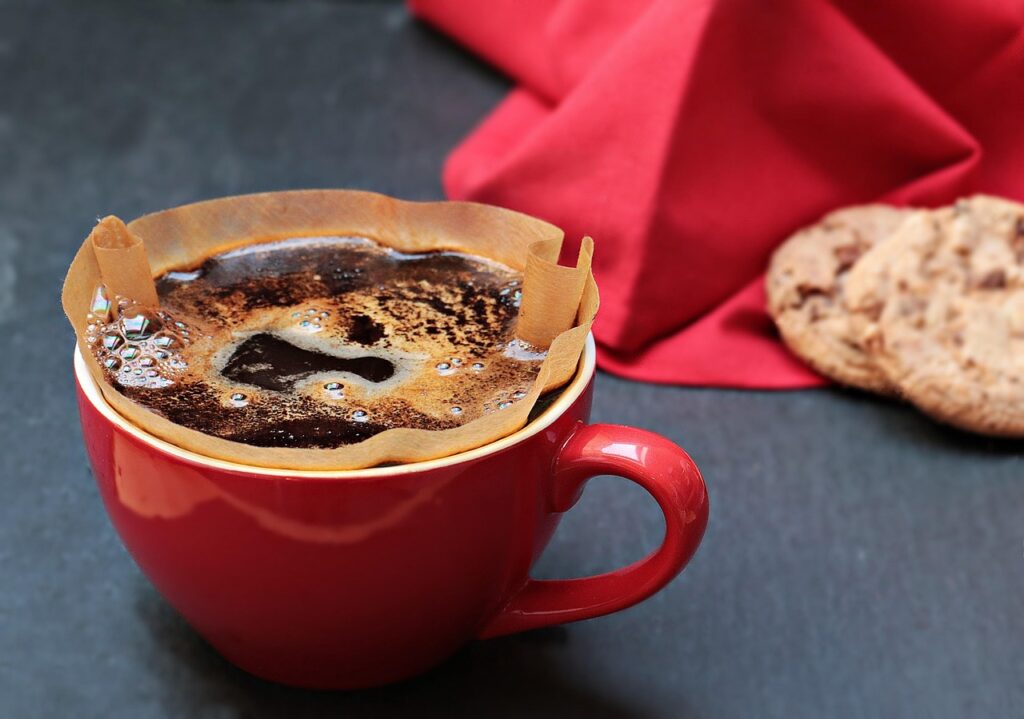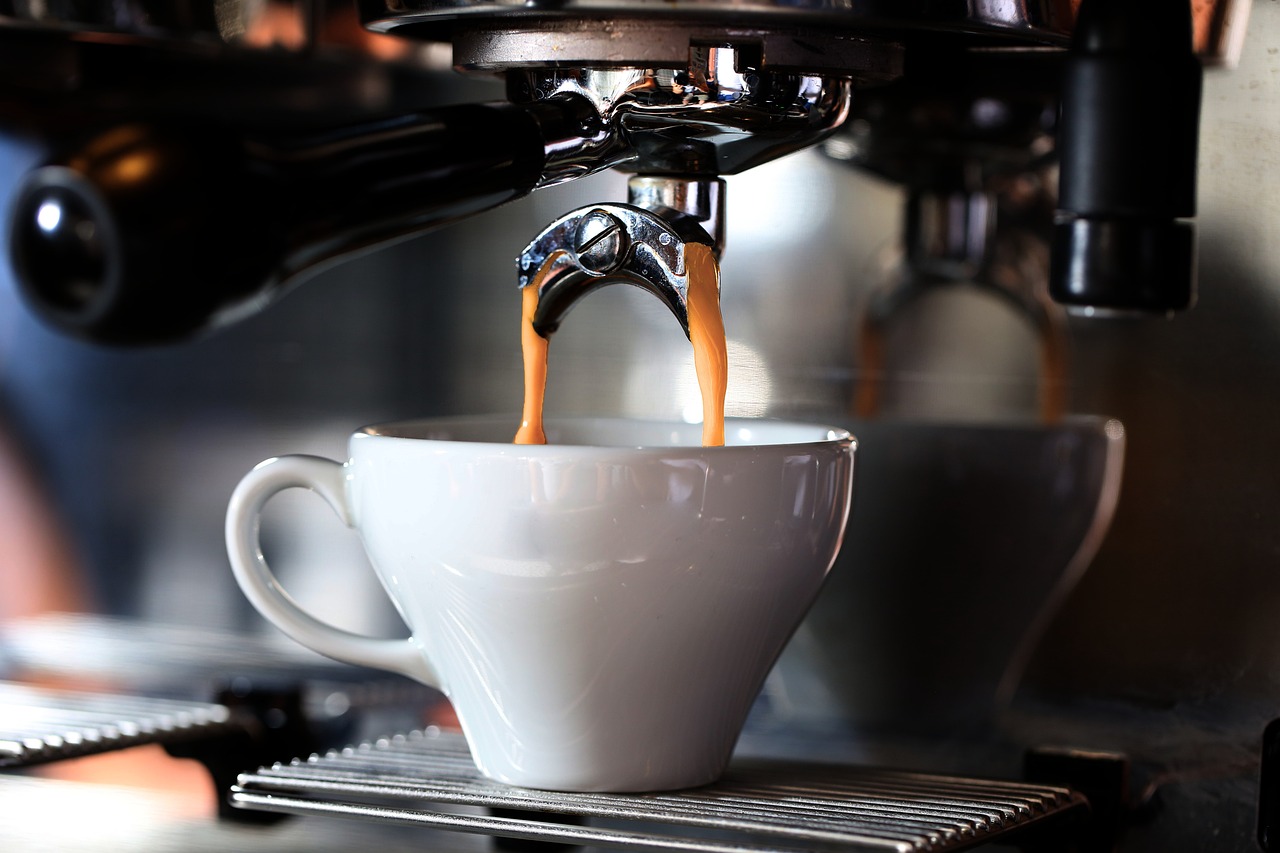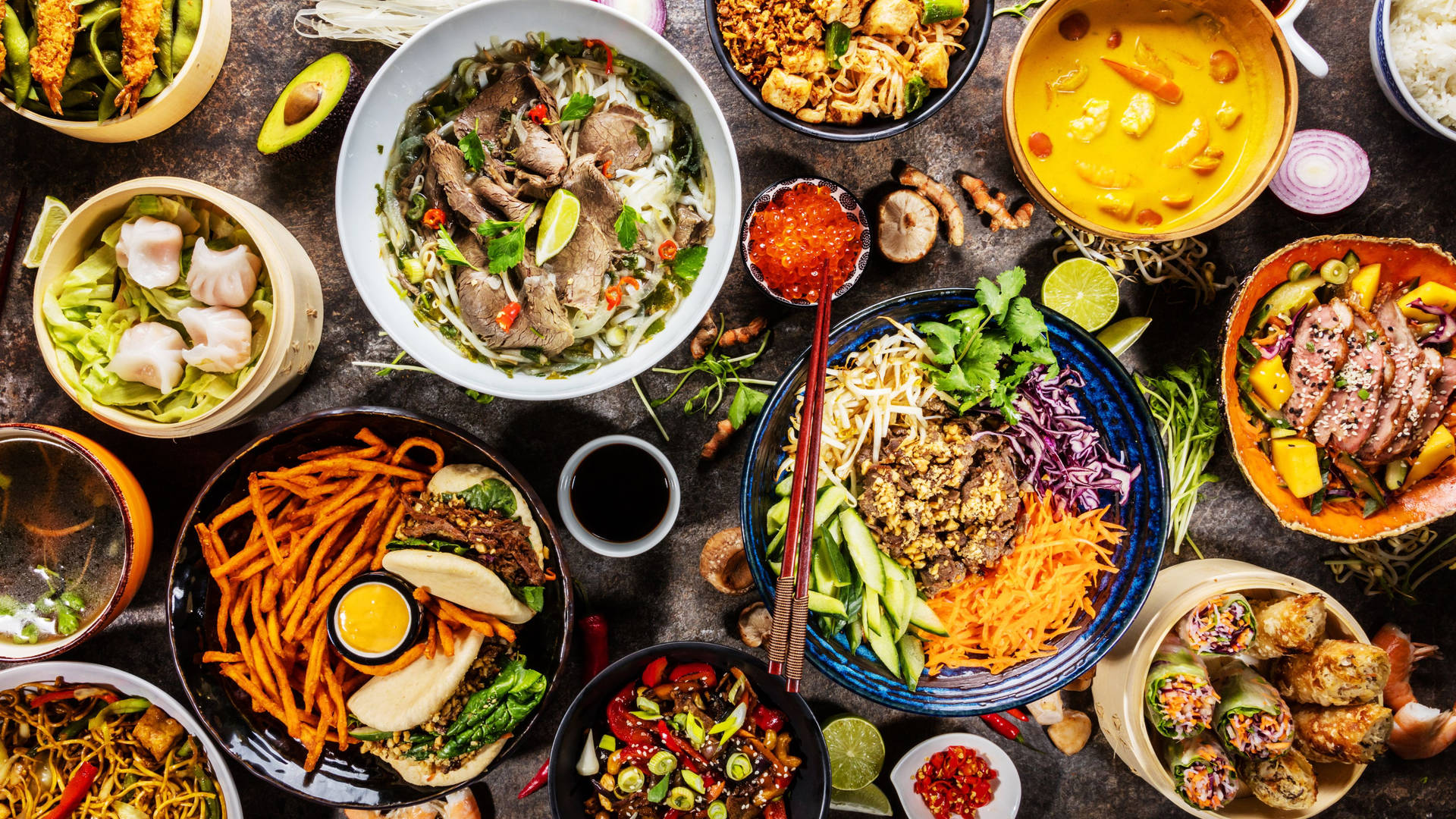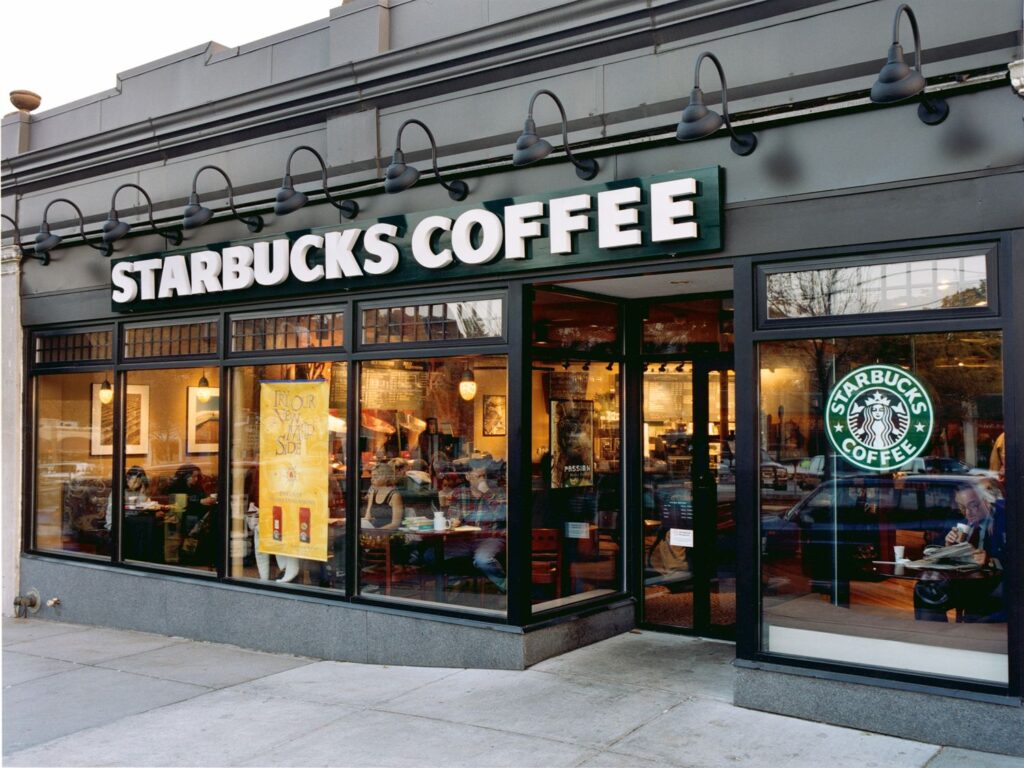
The landscape of the U.S. coffee market is currently navigating a complex terrain, marked by a fascinating push and pull of conflicting consumer desires. While total U.S. retail coffee sales are projected to hit $20.8 billion in 2023, representing a 9.5% increase from the previous year, this growth, as Caleb Bryant, associate director of food and drink at Mintel, noted in Beverage Industry’s September 2023 issue, is “primarily attributed to price increases.” This masks a deeper narrative of shifting consumer preferences and significant challenges for established coffee chains.
Indeed, the broader fast-casual and quick-service sectors have faced considerable headwinds, and coffee chains are certainly no exception. The average price of a regular coffee has, in some instances, become “sky-high and meme-worthy,” leading to widespread jokes about sacrificing daily lattes to save for larger financial goals. This sentiment has prompted a notable exodus of customers from once-loyal establishments, as they actively seek out more economical yet equally satisfying alternatives.
This shift has left several prominent coffee chains struggling to maintain their customer base and profitability. From abrupt store closures at Shari’s Café & Pies and Philz Coffee to a fundamental reevaluation of brand identity and operational efficiency at industry giants like Starbucks, the industry is in a state of flux. We’ll delve into the critical factors driving this unprecedented disruption, examining the core reasons why customers are increasingly choosing to brew at home or support different establishments.
1. **Overpaying for Coffee: The Value Proposition Crisis** The era of consumers unquestioningly paying premium prices for coffee appears to be waning, giving way to a new era of value-seeking behavior. Mintel’s “The Future of Coffee Market Report 2023” highlights that “squeezed budgets will see consumers save by buying more private-label coffee,” adding that by making this change, “consumers do not feel they are making a huge quality compromise.” This direct correlation between economic uncertainty and purchasing habits is a significant blow to chains built on a premium perception.
Caleb Bryant of Mintel further explained that these value-seeking behaviors are a direct response to high inflation, noting that “private-label coffee products [are] outperforming the market average.” A substantial 19% of consumers report “purchasing less expensive coffee to save money.” This trend is visibly impacting major players, as customers like Dan Palmer in Chicago lament that their once-favorite mango dragon fruit refresher at Starbucks now costs “more than $6,” leading him to “reassess his patronage.”
The financial strain on consumers is prompting a widespread re-evaluation of discretionary spending, with many cutting back on foodservice coffee expenditures in favor of at-home consumption. While “demand for premium at-home coffee experiences remains high among many consumers,” with 16% creating more specialty drinks at home, this often comes “at a fraction of the price” compared to coffee shop offerings, as Circana’s Sally Lyons Wyatt observed. Mainstream and value offerings have consequently seen declines as consumers funnel their spending into these perceived premium-at-home options.
This struggle is not exclusive to Starbucks, though it serves as a stark example. The core challenge for many chains is articulating a compelling story around value that resonates with budget-conscious consumers, without necessarily resorting to price cuts. As Stephen Hahn of Reptrak notes, “You can’t win without there being a very strong value proposition to your business.” The competition from fast-food chains like McDonald’s and Dunkin’, alongside the rise of independent coffee shops with a more authentic feel, further intensifies this value proposition crisis.
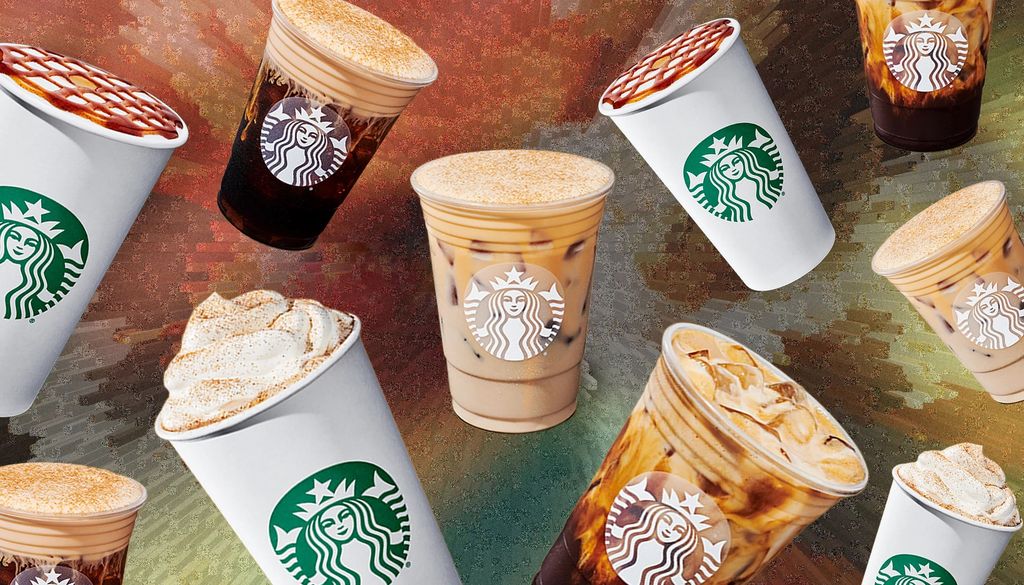
2. **The Mobile Order Conundrum: Convenience vs. Congestion** Starbucks’ mobile app was once hailed as a revolutionary tool, streamlining the ordering process and allowing customers to bypass lines, thereby cementing the brand’s reputation for convenience. This year, “more than 30% of orders in the U.S. came from the Starbucks app,” a figure that, on the surface, might appear as a positive indicator of digital engagement. However, this surge in app orders has paradoxically become a source of significant operational strain and customer dissatisfaction.
Former CEO Howard Schultz himself pointed out the chaos that ensues when “everyone shows up, and all of a sudden, we’ve got a mosh pit, and that’s not Starbucks.” This imagery vividly captures the unintended consequences of high mobile order volume: overcrowded pickup areas, extended waiting times, and a complete breakdown of the intended seamless experience. Whitni Mungin from Chicago underscored this sentiment, stating, “A lot of people drink Starbucks not because it’s delicious, but because it’s convenient,” but this convenience is now frequently “compromised by overcrowded pickup areas.”
The increase in mobile orders leads to substantial congestion in stores, creating frustration not only for app users but also for traditional walk-in customers. The priority often given to complex mobile orders by baristas translates into longer waits for simpler, in-store purchases, exacerbating dissatisfaction across the board. The data also suggests that many potential younger customers, specifically “mid-teens,” are using the Starbucks app to initiate orders but “bail out before purchasing,” possibly due to perceived long wait times or the final price tag.
This “mobile order mess” directly contradicts the brand’s promise of efficiency and convenience, undermining a key differentiator that once attracted a wide customer base. While the app has undoubtedly boosted sales, the failure to adequately prepare for and manage this volume has severely damaged the in-store experience, forcing the company to reconsider its operational strategies and even store designs to cope with the influx of to-go orders.

3. **Barista Burnout and the Unionization Wave** Behind the gleaming espresso machines, a growing crisis of barista burnout is significantly impacting the operational efficiency and public perception of major coffee chains, especially Starbucks. Employees are increasingly feeling the strain from a combination of factors: handling an incessant stream of “complicated custom orders” – often inspired by social media trends – juggling the demands of in-store patrons alongside an “avalanche of mobile orders,” and frequently contending with “short staffing.”
This escalating pressure has ignited a robust unionization movement across Starbucks locations in the U.S., signaling a profound dissatisfaction with working conditions. “Over 11,000 baristas at 500 Starbucks stores have joined the Starbucks Workers United,” highlighting a widespread demand for “better wages, improved working conditions, and a say in how the company operates.” This push culminated in highly visible actions, such as “a strike at some Starbucks locations this past Christmas Eve that shut down some 170 stores,” drawing considerable negative publicity.
Stephen Hahn of Reptrak vividly described this situation, noting that “perceptions around Starbucks as an employer brand are weak, specifically its concern for employee well-being.” He further elaborated that “negative feelings run really deep here,” contrasting the current sentiment with a past where “twenty-years back, Starbucks was an aspirational place to work.” This erosion of its employer brand means Starbucks is now seen as “partially damaged goods” in the eyes of many potential and current employees.
The public controversy surrounding new CEO Brian Niccol’s compensation package, reportedly “up to $117 million,” further fueled employee discontent, especially when juxtaposed with their own demands for better pay and benefits. While Starbucks has announced plans to make it “the best job in retail,” with expanded parental benefits taking effect in March, the lingering perception of the company “obstructing unionization efforts” continues to cast a long shadow over its corporate reputation. This internal struggle directly translates to a less engaged workforce, slower service, and a palpable decline in the overall customer experience.

4. **The Vanishing “Third Place” Experience** Starbucks cemented its iconic status by pioneering the concept of the “third place”—a welcoming environment distinct from home and work, where individuals could relax, socialize, or engage in quiet productivity over a cup of coffee. This unique ambiance was a cornerstone of its brand identity and a primary draw for millions. However, recent strategic shifts aimed at optimizing efficiency and managing surging order volumes are progressively eroding this foundational element.
The emphasis on mobile orders and drive-thrus, while boosting throughput, has inadvertently transformed many Starbucks outlets into environments resembling “fast-food chains rather than cozy cafés.” Howard Schultz, the longtime leader of Starbucks and architect of the “third place” vision, openly expressed his concern, stating that the company’s trajectory “goes against the former leadership’s goal for the corporation.” He envisioned Starbucks as a place to “relax,” a stark contrast to the current reality where “to-go or drive-through orders are quickly eclipsing Schultz’s vision.”
This strategic pivot is evident in ongoing “store redesigns” that prioritize “accommodating more to-go orders, often at the expense of seating space.” Furthermore, the introduction of “to-go only stores” that expressly forgo “seating or restroom facilities” is a clear signal of this operational reorientation. While designed to cater to “urban customers looking for quick service,” these formats fundamentally diverge from the traditional coffee shop experience that encouraged lingering and social interaction.
The repercussions are significant: “40% of customers are eating out less than they used to” since the pandemic, a trend compounded by rising inflation. This makes the traditional sit-in experience less appealing or financially viable for many. As the physical spaces become less conducive to relaxation and community, Starbucks risks alienating a segment of its loyal customer base who valued the atmosphere as much as the beverage itself. The question remains whether Starbucks truly wants to be a “to-go machine,” or if it can find a way to revitalize the “third place” concept amidst its efficiency drives.
Product on Amazon: Rules for Vanishing
Binding: Kindle Edition Product Group: Digital Ebook Purchas
Price: 9.99 USD
Rating: 4.3 Total reviews: 784
Shopping on Amazon >>

5. **Global Troubles and Reputation Boycotts** Starbucks’ challenges are not confined to the domestic market; the brand is grappling with significant international headwinds, notably in key growth regions and amidst complex geopolitical dynamics. In China, historically one of its most vital markets, Starbucks is “losing ground to local competitor Luckin Coffee.” Luckin’s aggressive expansion strategy, characterized by “cheaper drinks and a more streamlined ordering process,” has directly led to Starbucks losing its long-held title as “China’s biggest coffee chain.” This competitive pressure highlights the vulnerability of even dominant global brands to agile local players.
Compounding its international woes, Starbucks has found itself unexpectedly caught in a “political storm” related to the Israel-Hamas war, which has severely “exacerbated its current dry spell with sales.” When the conflict erupted, the Starbucks Workers United union publicly “expressed support for Palestinians on social media and called for a boycott.” While Starbucks officially “disagreed with the union, stating that it condemns acts of terrorism and violence,” the fallout was immediate and detrimental.
The public perception, fueled by social media movements and the union’s highly publicized stance, swiftly led to widespread boycotts. Within a mere month of the conflict’s commencement, the chain reported a “fall in sales by 6%.” This incident underscores the precarious position of global brands in an interconnected world, where perceptions—even if not directly aligned with official corporate statements—can rapidly translate into tangible financial losses and significant reputational damage.
These global challenges are not just about sales figures; they impact the brand’s long-term viability and image as a responsible corporate citizen. The ability to navigate complex geopolitical landscapes while maintaining a consistent brand message and customer loyalty becomes paramount. The experience demonstrates how rapidly external events, combined with internal employee activism, can erode market share and public trust on an international scale, forcing a re-evaluation of global expansion strategies and crisis communication protocols.
6. **Plummeting Brand Reputation and Public Goodwill** Once a beacon of corporate success and a beloved brand, Starbucks has recently experienced a significant erosion of its brand reputation and public goodwill, a trend that extends beyond mere financial performance. In 2024, the company saw its standing decline notably in major global brand rankings: it “dropped a few notches in Interbrand’s top 100 global brand ranking, from 48 in 2023 to 52.” More alarmingly, it “plunged from no. 15 to no. 45 in the Brand Finance report of the most valuable global brands, the greatest decline of any brand among its top 100.”
This precipitous drop is not merely a statistical anomaly but reflects a deeper shift in consumer sentiment. Stephen Hahn, executive vice president of Reptrak, shared an exclusive report indicating a dramatic fall in Starbucks’ reputation score “from a strong 71.5 points in 2021 on a 100-point index to a vulnerable 57.7 points this January.” Reptrak, which measures brand reputations across seven drivers (Products/Services, Innovation, Workplace, Conduct, Citizenship, Leadership, and Performance), identified that “Starbucks is strong in two things: great products and services and financial performance, but that’s only two of the seven drivers.”
The perception of strong financial performance among consumers, rather than financial analysts, paradoxically raises questions: “how is Starbucks using all the money it makes to benefit its employees and customers, besides just giving employees a job with benefits and customers something tasty drink?” This indicates a growing public cynicism and a feeling that Starbucks has lost touch with its broader societal responsibilities. Hahn observed, “even a strong retail brand doesn’t translate into a strong corporate reputation,” pinpointing this as a core problem Starbucks is failing to solve.
The data from RepTrak, collected from “more than 2,300 Starbucks ‘informed’ individuals” since January 2020, underscores a palpable “loss of a lot of the public’s goodwill over the last few years.” This reputational shortfall suggests that while the brand may still be recognized, the emotional connection and underlying trust that once defined its relationship with customers and the wider public have significantly weakened, creating a substantial hurdle for any turnaround efforts.
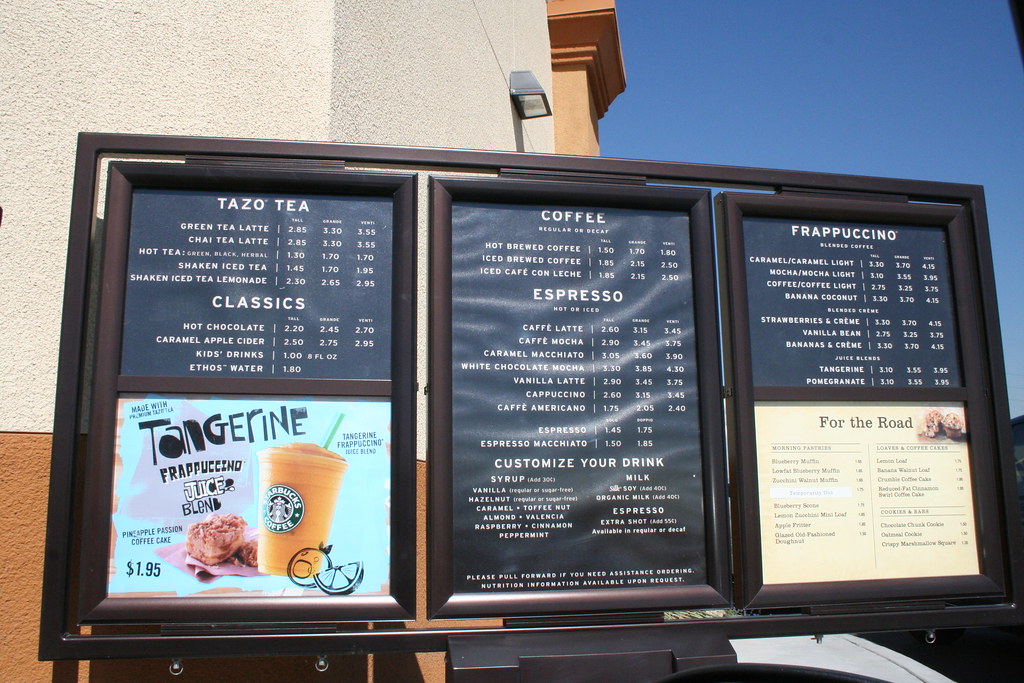
7. **Innovation Gaps and Product Value Shortfalls** While Starbucks traditionally enjoyed a reputation for quality products and services, a critical weakness has emerged in its “value proposition” and the pace of “major new product innovation.” Within Reptrak’s “products/services” driver, which assesses both quality and value, Starbucks ranks “fairly high in quality, but on the value side of the equation, it gets its worst rating overall.” This indicates a growing disconnect between perceived quality and what consumers are willing to pay, especially in a market increasingly sensitive to price.
Stephen Hahn emphasized this point, stating, “You can’t win without there being a very strong value proposition to your business.” He clarified that this doesn’t necessarily mean lowering prices, but rather the need to “tell a compelling story around value,” something he feels Starbucks “hasn’t done yet.” This failure to articulate value effectively leaves the brand vulnerable to competitors offering more affordable alternatives, making it harder to justify its premium pricing strategy in the current economic climate.
On the innovation front, Starbucks has also struggled to introduce groundbreaking products that capture public imagination, akin to its past successes. The “olive oil-infused coffee, introduced in February 2023 and now removed from the menu, was a big miss,” serving as a testament to this challenge. While its recent lineup includes more on-brand items like the “espresso-centric Cortado” and new “Pistachio drinks” which offer “curiosity appeal,” Hahn stressed the urgent need for “major new product innovation,” comparing it to the transformative impact of the “Pumpkin Spice Latte or Frappuccino,” rather than just special offers or limited-time promotions.
This dual challenge of perceived poor value and a lack of significant product innovation creates a precarious situation. Customers are not only questioning the cost but also finding fewer compelling new reasons to engage with the brand’s offerings. Re-establishing a strong value proposition and reigniting a culture of bold, successful product development will be crucial for Starbucks to regain its competitive edge and address the evolving demands of the modern coffee consumer.
Read more about: How Drones Have Taken Over the Ukraine War: An In-Depth Look at the Future of Combat

8. **The Critical Leadership Transition at Starbucks**Starbucks is navigating a significant leadership transition, with new CEO Brian Niccol facing challenges in public perception. Following iconic founder Howard Schultz’s departure, Niccol’s “strong and appealing leader” score is “not great,” per Reptrak’s Stephen Hahn, highlighting room for improvement in stakeholder sentiment.
Niccol launched a “Back to Starbucks” turnaround strategy, focusing on customers, morning routines, community, and brand storytelling. Yet, Hahn emphasizes a successful turnaround demands more than “slick marketing.” Niccol must articulate a compelling vision for what Starbucks truly stands for.
His leadership is shadowed by Schultz’s legendary status. The chairman emeritus has even publicly offered advice, an unusual step underscoring concerns about the current trajectory. This dynamic complicates Niccol’s efforts to forge his distinct leadership identity and build trust.
Reptrak recommends Niccol undertake a “charm offensive” to “tell the ‘Brian Niccol’ story.” Clearly communicating his vision, aspirations, and passions for the brand is crucial for uniting employees and customers, solidifying his authority.
Read more about: Your 2025 Financial Checklist: 12 Smart Career Moves to Secure Your Future in the Evolving Job Market
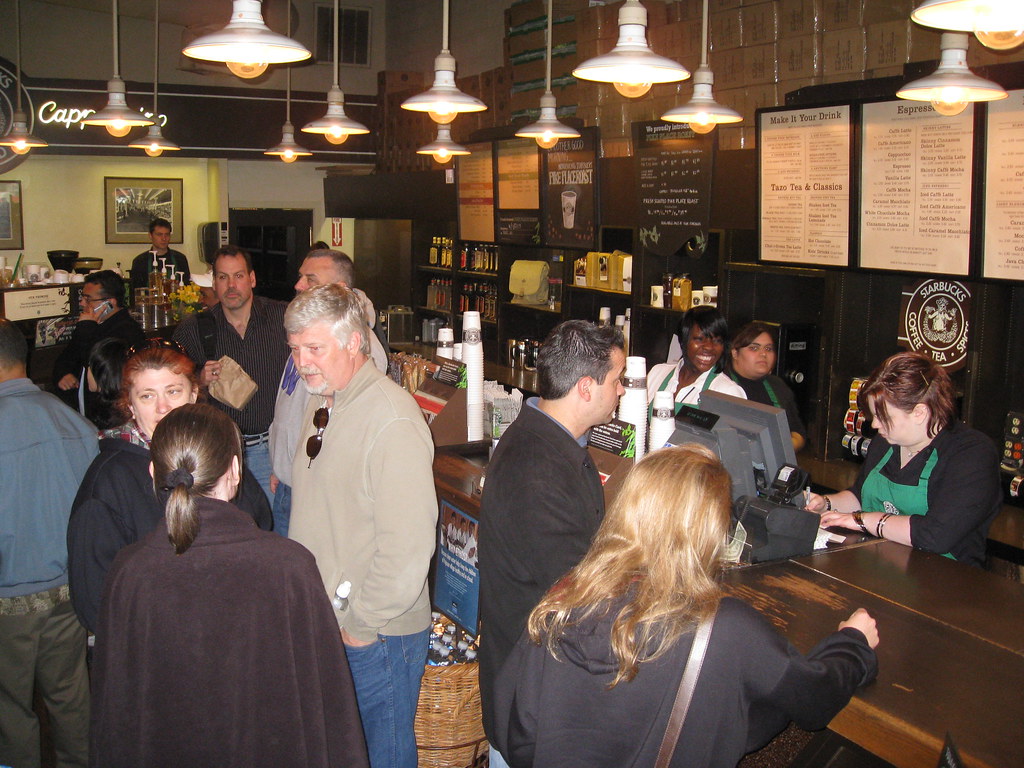
9. **The Persistent Employee Relations Crisis and Corporate Culture Shift**Beyond customer service impacts, Starbucks confronts a systemic employee relations crisis, jeopardizing its employer brand. The widespread unionization, with “Over 11,000 baristas at 500 Starbucks stores” joining Workers United, signals fundamental dissatisfaction over conditions and influence.
Public perception of Starbucks as an employer has drastically weakened. Stephen Hahn noted “perceptions around Starbucks as an employer brand are weak,” especially regarding employee well-being. This contrasts sharply with past decades when Starbucks was an “aspirational place to work.”
CEO Brian Niccol’s reported “up to $117 million” compensation package exacerbated discontent, juxtaposed against employee demands. Despite new benefits, perceived obstruction of unionization efforts casts a long shadow, undermining goodwill.
Such a cultural shift risks morale, engagement, and consistent customer experience, posing a grave long-term threat. Hahn concluded Starbucks’ “sense of culture is diminishing,” replaced by a “corporate and money-driven” ethos.
Read more about: Unveiling America: A Journey Through the United States’ Rich Tapestry of History, Geography, and Enduring Global Influence

10. **The Strategic Retreat from the “Third Place” Identity**Starbucks’ iconic “third place” concept, once a core differentiator, faces a strategic re-evaluation. Deliberate operational shifts prioritize efficiency, risking the brand’s unique identity. “To-go or drive-through orders are quickly eclipsing Schultz’s vision,” transforming cafés into “fast-food chains.”
This strategic pivot is evident in store redesigns favoring “to-go orders, often at the expense of seating.” The introduction of “to-go only stores” that forgo “seating or restroom facilities” further signals this reorientation, targeting quick urban service.
Howard Schultz, the “third place” visionary, openly voiced concern, stating this trajectory “goes against the former leadership’s goal.” This poses a strategic dilemma: maintain foundational brand promise or become a pure “to-go machine.”
The long-term implication is potential alienation of loyal customers who valued ambiance. With “40% of customers eating out less,” traditional sit-in experiences face internal neglect and external headwinds. Redefining identity is crucial for Starbucks’ future.
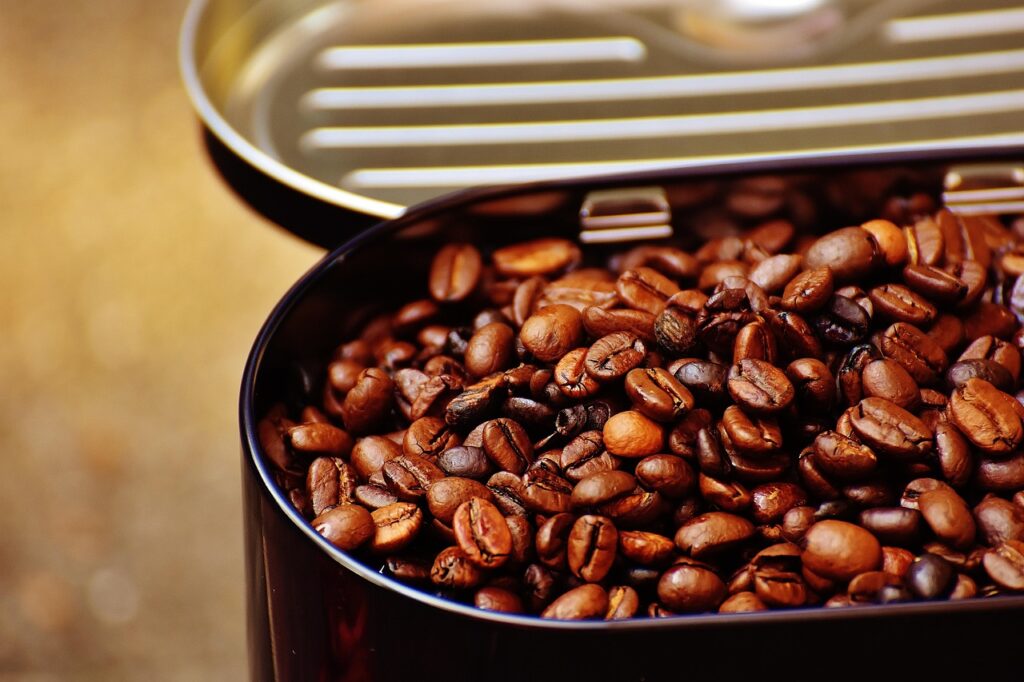
11. **Navigating a Fiercely Competitive Landscape**The coffee market is now a fiercely competitive arena, presenting deep strategic challenges. The era of limited options is over, with “plenty of coffee shops” demanding agile strategic responses from established chains.
In China, Starbucks is “losing ground to local competitor Luckin Coffee.” Luckin’s “cheaper drinks and streamlined ordering” made it “China’s biggest coffee chain,” demonstrating global brands’ vulnerability to agile local players.
Domestically, competition from fast-food chains and independents intensifies. Customers like Brad Pearl are “shifting loyalty to local coffee shops,” seeking better value and consistent experiences, further eroding market share.
This fragmented landscape requires chains to strategically differentiate. Reliance solely on brand recognition is insufficient. They must offer compelling value, innovation, or a unique experience to justify premium pricing.
Read more about: Fuel for Regret: 14 Overhyped Vehicles That Drove Straight to Disappointment
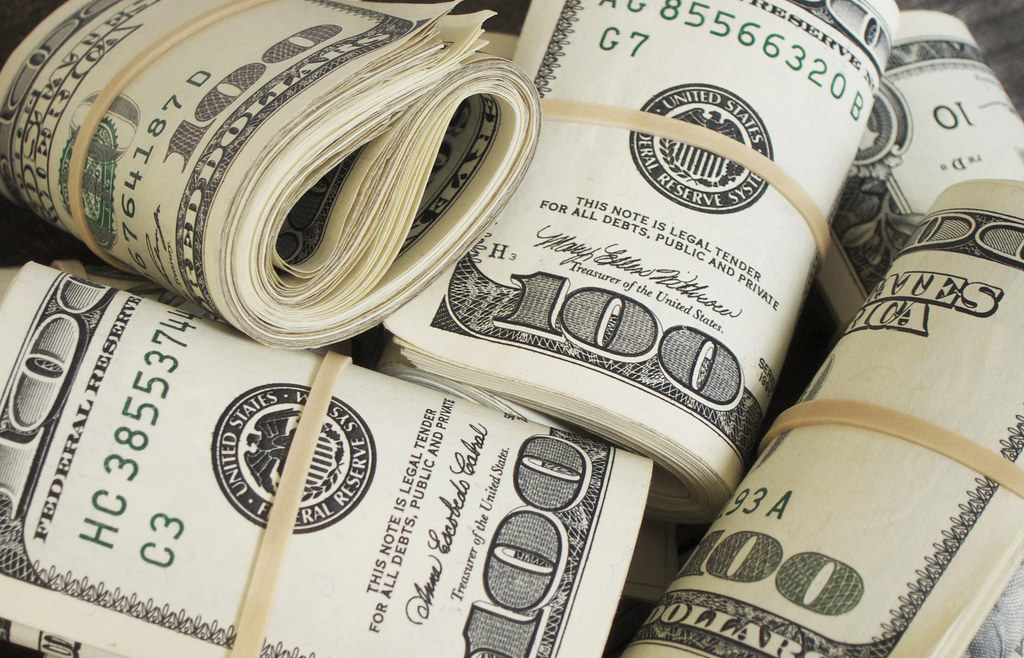
12. **The Economic Squeeze: Rising Operational Costs and Margin Pressures**Beyond consumer price sensitivity, coffee chains battle significant underlying economic pressures, squeezing profit margins. “Coffee beans in general have become much more expensive thanks to a poor harvest,” escalating ingredient costs.
Increased labor costs, driven by unionization and demands for better working conditions, add financial strain. Starbucks reports average compensation of “$30 per hour,” reflecting substantial payroll expenses alongside other inflationary pressures.
These economic realities compel chains to constantly “adjust pricing strategy.” This delicate balance means covering rising costs while avoiding alienation of budget-conscious customers. Circana’s Sally Lyons Wyatt notes coffee’s “price driven growth” in 2022.
Strategically, chains must innovate to manage costs, enhance efficiency, and create undeniable value beyond price hikes. New sourcing, supply chain optimization, and technology are crucial to maintain quality and appeal.

13. **Shari’s Café & Pies: The Peril of Abrupt Closures**The coffee market’s struggles impact regional chains profoundly. Shari’s Café & Pies, a Pacific Northwest staple, abruptly closed all its Oregon locations in 2024, illustrating severe industry pressures.
A former manager, Deb Melina, described the situation as “hospice for months,” indicating prolonged financial distress. Such drastic contraction has immediate impacts on local employees and loyal customers.
Regional chains typically lack the scale of national players to absorb rising costs or invest in innovation. These closures highlight how quickly established brands can succumb to economic headwinds.
Long-term sustainability for these businesses hinges on adaptation, cost management, and a compelling value proposition. Shari’s fate underscores the fragility of many casual dining establishments.
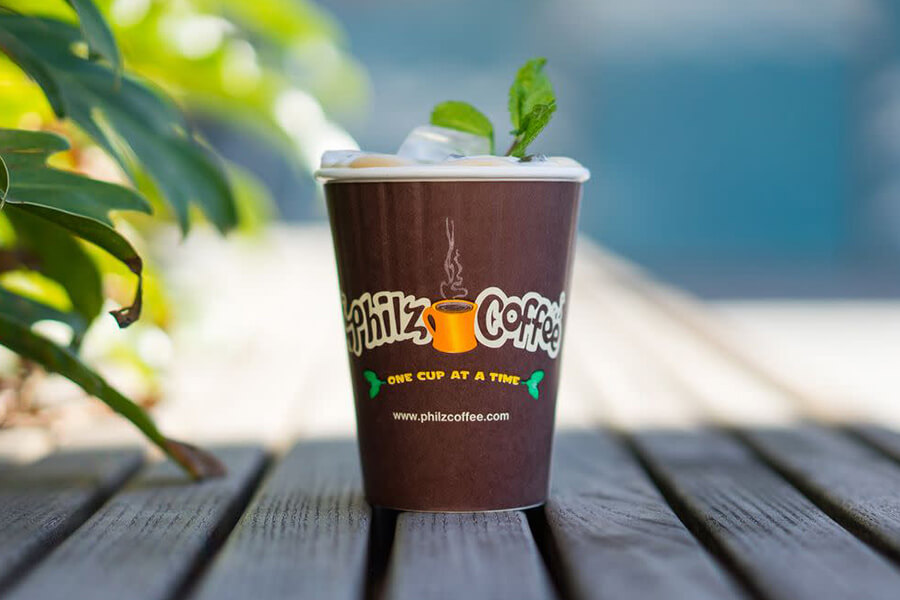
14. **Philz Coffee and Revelator Coffee: Shrinking Footprints and Rebranding Efforts**Even distinctive, quality-focused coffee brands struggle to maintain market presence. Philz Coffee closed its original San Francisco location in 2023 and a Santa Monica outpost in 2024, signaling a strategic footprint re-evaluation.
Similarly, Revelator Coffee, once boasting “20 locations,” significantly scaled back. Its Birmingham, Alabama, closure left only its New Orleans site, now rebranded as Nova Espresso. These moves reflect consolidation or relaunch attempts.
These instances highlight a deeper operational hurdle: how specialty chains adapt when the market shifts towards value. Closure of flagship stores or rebranding suggests a struggle for a sustainable business model.
Such strategic maneuvers aim to cut losses, optimize operations, or target different market segments. This reflects a broader industry trend where niche players must make tough decisions for viability.

15. **Blue Star Donuts: Battling Rising Costs as a Small Business**Smaller, quality-driven businesses offer crucial insight into industry struggles. Portland-based Blue Star Donuts exemplifies how escalating operational costs pose an existential threat, recently shutting locations in Portland and Los Angeles.
The company candidly shared its “host of extremes” as a small enterprise, facing “fast-rising food, labor, and rent costs.” These impacts disproportionately affect businesses without national chain scale.
Maintaining a “high-quality product” amid escalating expenses becomes precarious. They operate on thinner margins, with less leverage, forcing difficult choices: compromise quality, raise prices, or close.
Blue Star Donuts’ plight mirrors wider industry challenges for artisanal businesses. Their fight against economic headwinds emphasizes robust strategic planning and business model re-evaluation for survival.
The challenges facing coffee shop chains, from global giants like Starbucks to cherished local favorites, paint a complex picture of an industry at a critical crossroads. The era of unquestioned growth and brand loyalty is giving way to a new landscape where value, efficiency, and a genuine connection with both customers and employees are paramount. As consumers continue to re-evaluate their spending habits and preferences, the chains that adapt strategically—by addressing internal operational hurdles, redefining their value proposition, and restoring fundamental trust—will be the ones that brew success in the years to come. The future of coffee isn’t just about the beans; it’s about the business of staying relevant, resilient, and deeply rooted in what truly matters to people.

